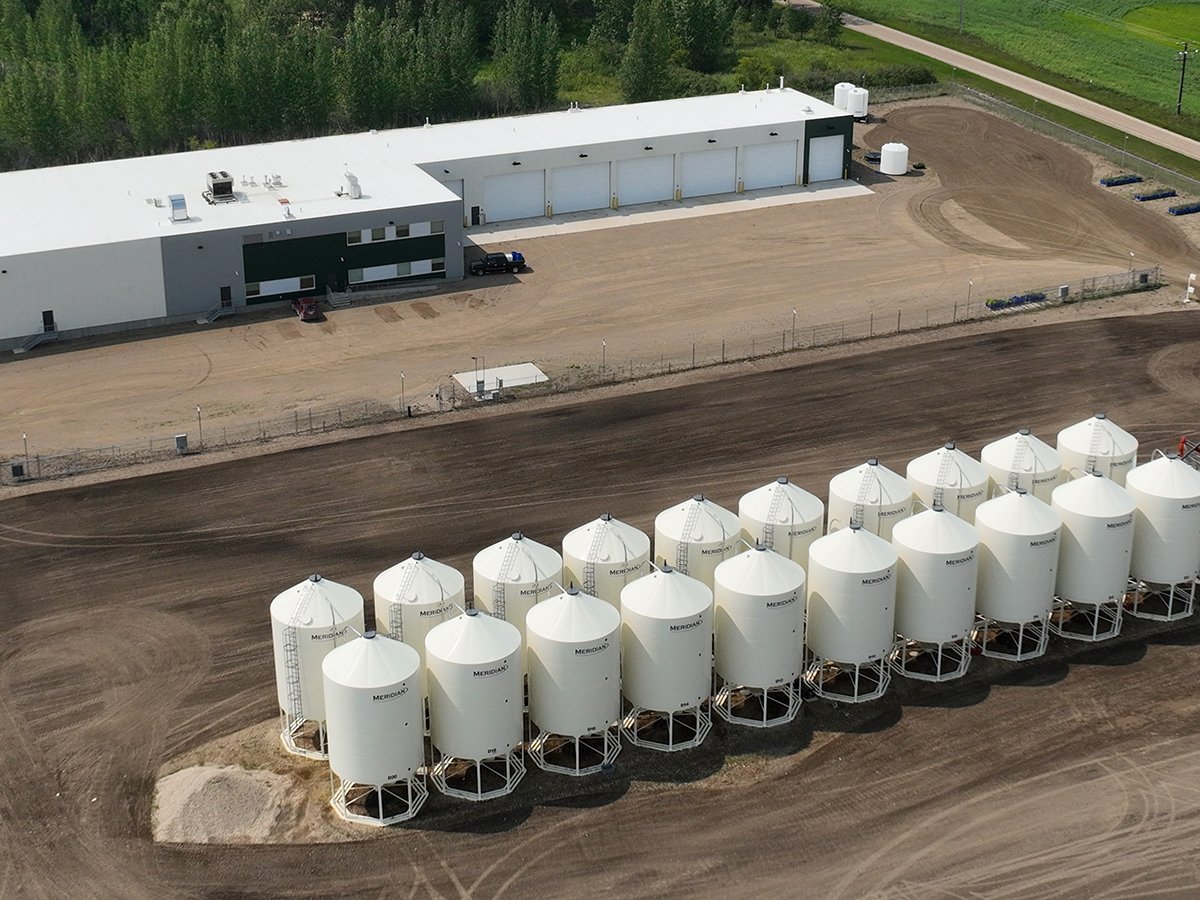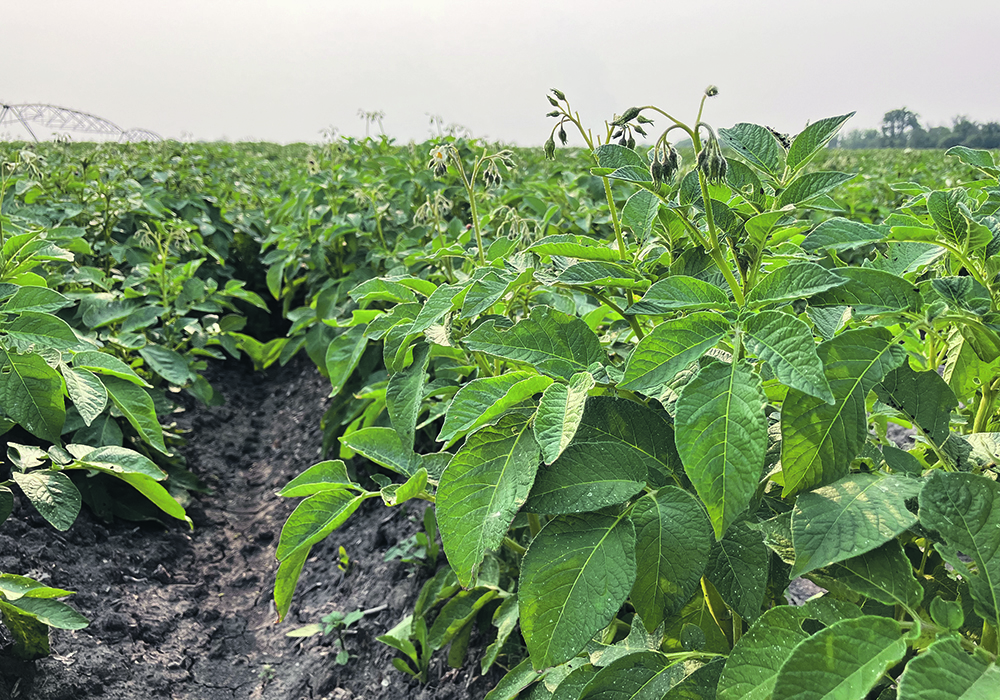Early results suggest the Canadian crop could be one of the largest on record and a dramatic increase from five years ago
WINNIPEG — Potato growers won’t duplicate last year’s record crop, but 2024 will likely be a solid year for yields and national production.
Statistics Canada and United Potato Growers of Canada don’t have official figures because the harvest is still underway but early results suggest the crop will be smaller than the 128 million hundredweight produced in 2023.
“We’re estimating probably close to 125 million cwt. across the country,” said Victoria Stamper, United Potato Growers general manager.
Read Also

Saskatchewan firm aims to fix soil with compost pellets
In his business, Humaterra, Leon Pratchler is helping farmers maximize yields in the weakest areas of their fields through the use of a compost pellet.
That figure is an estimate, Stamper noted. If it proves correct, it would be one of the largest potato crops on record and a dramatic increase from only five years ago.
Statistics Canada data shows potato production has jumped nearly 20 percent within a short period:
From 2017-19, Canada produced about 105 million cwt. of spuds.
From 2022-23, the average was around 125 million cwt., a 19 percent gain.
Canadian production has increased mostly for one reason: demand from french fry processors.
Cavendish Farms, McCain Foods and Simplot built new frying plants or expanded existing plants in Manitoba and Alberta in recent years. In 2023, McCain’s announced a $600 million investment that will double the size of its french fry plant near Coaldale, Alta.

After several years of gains, acreage of process potatoes was down in Alberta and Manitoba in 2024. There was a massive 2023 crop of spuds in North America, so old crop supply weighed on demand.
“They had a reduction … in planted acreage this year. That’s due to surpluses (of spuds) in the Pacific Northwest,” Stamper said.
In July, the crop was shaping up as a bumper harvest. Then high temperatures arrived on the Prairies and in the Maritimes and persisted into September, which reduced yields.
“It’s mostly weather-related,” Stamper said. “It’s the bulking up (of tubers) in August, when conditions were a little unfavourable … with very, very dry weather.”
Despite the heat, Stamper said she has heard that yields could be close to the five-year average, although that is also an estimate. A portion of the potato crop is still in the ground and numbers won’t be final until November.
















